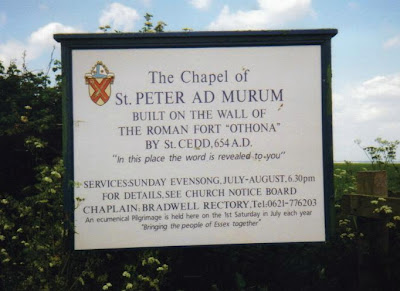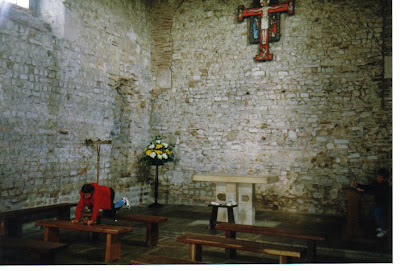Yes, it's true I began this embroidery before I was married over 50 years ago and I have not even finished one corner.
It is a beautiful large linen table cloth
bordered with Nottingham lace.
I would like to finish it but do not know if I ever will.
I have given away a number of half finished tapestries and embroidery projects in the past to people who have been keen to finish them but did not want to part with this.
The napkins are bordered in the lace too
Changing the subject!
What happened to plain old fashioned Easter eggs
Do I buy what to me are 'real' Easter eggs
or do I buy what Oliver and Rebekah will love?
Yes, I succumbed as you see
I did not even understand this one but apparently when watching the programme one is not supposed to know who Stig is.
The egg is full of chocolate racing cars and racing cars are Oliver's favourite toy at the moment



































